29 F. high in the Twin Cities yesterday.
24 F. average high on January 21.
6 F. high on January 21, 2014, after waking up to -13 at KMSP.
2″ snow on the ground at MSP International Airport.
January 21, 1982: The Twin Cities got 21.1 inches of snow, with a total of nearly 40 inches on the ground.
January 21, 1936: Perhaps the coldest windchill the Twin Cities has ever seen was -67 on this day with the new windchill formula (-87 with the old formula). The temperature was -34 with a wind speed of 20mph. All traffic in the Twin Cities was severely hampered and a number of fatalities were caused by the cold. (source: Twin Cities National Weather Service)
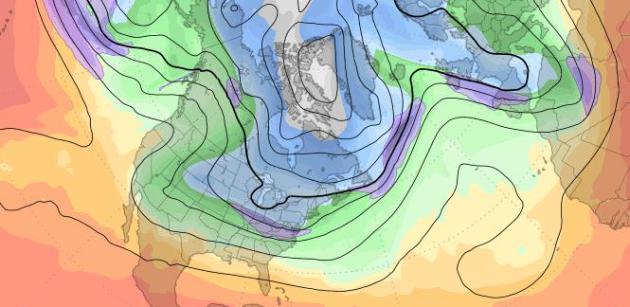
A Progressive Pattern
If the Earth was flat I’d be out of a job. Wait, a few friends nursing conspiracy theories are convinced NASA faked the “round Earth thing” but I tend to believe the scientists. A spherical planet means the tropics receive direct sunlight; the poles only get a glancing blow of warmth. This is the primary engine that drives the weather machine; eddies and swirls of cold air breaking off, making a mad dash toward the equator. Most of our “weather” occurs along this atmospheric battle zone.
Last winter polar air become perpetually stuck over North America, odd jet stream gyrations stalling a dome of subzero air overhead week after week, month after month. This winter I see no sign of a similar blocking pattern. It gets cold for a few days, then it warms as steering wind blow from the west, pumping temperate Pacific air back into Minnesota.
The sun peeks out today; temperatures still a few degrees above average. We should top 30F every day from Friday thru the middle of next week, before an inevitable temperature tumble.
February kicks off with single-digit highs, a few subzero lows, but not persistently polar for days on end. Sunday’s clipper may be a bust, too.
Surprised?
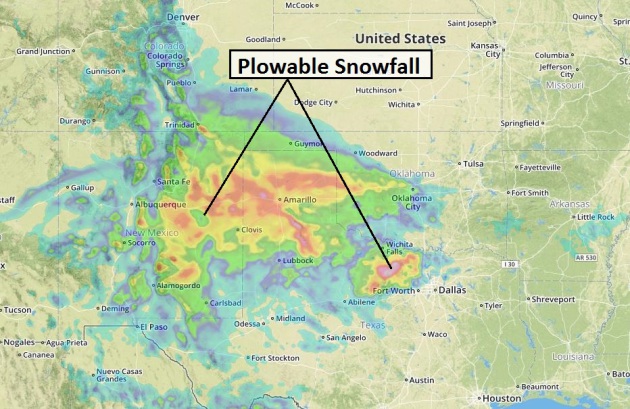
Serious Snow. A plowable accumulation of 3-6″ is possible from near Albuquerque and Santa Fe into the Texas Panhandle, with a couple inches predicted by the 4 KM NAM just north and west of Fort Worth. Models are hinting at a mix farther east near Little Rock. Lovely. Source: Aeris Enterprise.

An Inevitable Temperature Dip. Models are in good agreement looking out 10 days, showing temperatures trending above average through the end of next week, followed by a significant cold front as we end January and sail into February. GFS guidance suggests that daytime highs on February 2 (Groundhog Day, our newest national holiday) may hold near zero. Source: Aeris Enterprise.

Hanging On To Relative Warmth. Average highs now are in the low and mid 20s, so readings continue to trend above average into the middle of next week before taking a tumble. Models are in disagreement about the strength of the next clipper coming in Saturday night into Sunday, but there’s still a potential for a couple inches. By the end of next week there will be no doubt in your mind that it’s still mid-winter. Source: Weatherspark.
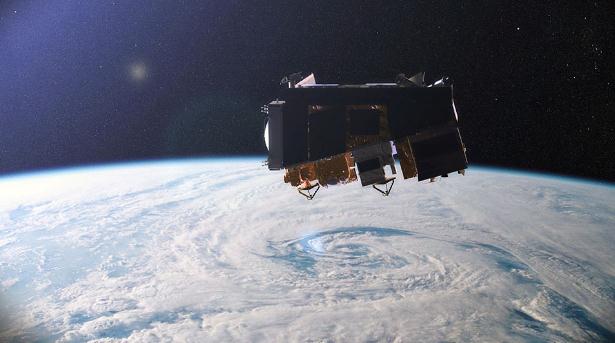
Why The Entire U.S. Weather Satellite System Is At Risk. Here’s the introduction to an article at Popular Mechanics: “Members of the House Committee on Science, Space, and Technology are worried about the future of U.S. weather satellites, which may include a gap in coverage that could leave the U.S. without crucial satellite data for over a year. NOAA (the National Atmospheric and Oceanic Administration) maintains two types of satellites: Geostationary (or GOES series), which provide continuous images of the earth from a fixed point about 22,000 miles up, and Polar-orbiting (or JPSS series), which circle 500 miles above the planet and provide the images used in long-range forecasting. A legacy of mismanagement, budget overruns, and slipping deadlines means that satellites in both programs may well fail before their replacements are launched and become fully functional..”
Image credit above: “JPSS-1 is the second spacecraft within NOAA’s next generation of polar-orbiting environmental satellites- scheduled to launch in early 2017.” (Photo Credit: Ball Aerospace & Technologies Corp.)

Go Figure. Figuring The Odds of Earth’s Global Hot Streak. I’m all for coincidence and serendipity, but at some point you detect a trend in the numbers. This article from AP provides some badly needed perspective on the recent run of warm years worldwide: “…Thirteen of the 15 the hottest years on record have occurred in the last 15 years. The odds of that being random are more than 41 trillion to 1, the statisticians said. All 15 years from 2000 on have been among the top 20 warmest years on record. They said the odds of that are 1.5 quadrillion to 1. A quadrillion is a million billion. And then there’s the fact that the last 358 months in a row have been warmer than the 20th-century average, according to NOAA. The odds of that being random are so high — a number with more than 100 zeros behind it — that there is no name for that figure, Grego said.”

Map: The Fracking Boom, State By State. Thank God there are no (economically feasible) reserves of natural gas lurking underneath Minnesota’s constellation of clean lakes and rivers. Here’s an excerpt of a story at InsideClimate News that caught my eye: “As debate intensifies over oil and gas drilling, most states with frackable reserves are already fracking—or making moves to do so in the near future. That translates to 22 states, from California to Texas, Michigan to West Virginia, currently employing this high-intensity form of energy extraction, and five others may soon follow...”

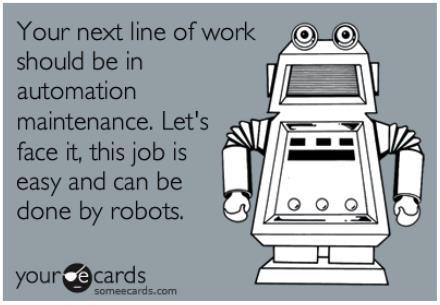
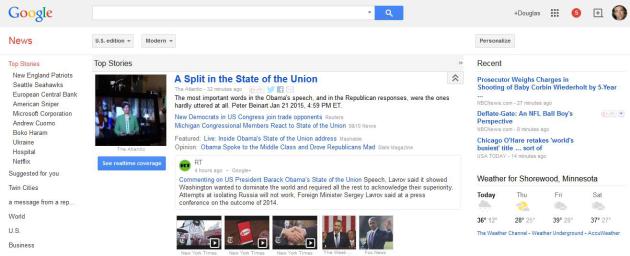
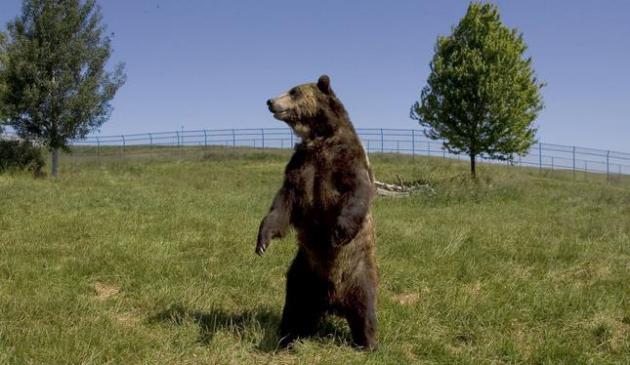
A Treatment For Alzheimer’s Might Lie In The Brains of Hibernating Bears. VICE News has a fascinating story; here’s an excerpt: “…Chances are that if you’ve been somewhere cold during the winter months you’ve had to fight off the urge to curl up under the covers, imitating the tranquil state of a hibernating bear. Well, it turns out, according to scientists, hibernation might provide some lessons for treating the five million Americans that suffer from Alzheimer’s and other neurodegenerative brain disorders…”

See How Much The “Perfect” Female Body Has Changed in 100 Years (It’s Crazy!) Thank you Madison Avenue; here’s a clip from a story at greatist.com: “…That silhouette of the “ideal woman” has been put through a series of fun house mirrors (fashion, movies, pop music, politics). It also changes year over year, so the physical qualities we embrace today are often at odds with those from previous generations. To prove our point, we’re taking a closer look at body ideals over the last 100 years—which shows that, as they say on Project Runway, “In fashion, one day you’re in, and the next day you’re out…”
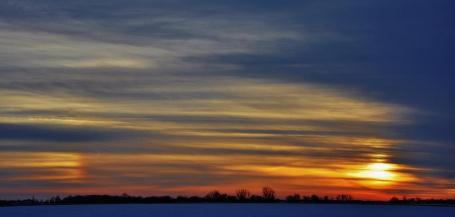
TODAY: Partly sunny. No problems. Winds: SW 10. High: 28
THURSDAY NIGHT: Partly cloudy, milder than average for late January. Low: 23
FRIDAY: Milder with clouds, few flurries. High: 37
SATURDAY: Better travel day. Sun fades, late night snow. Wake-up: 27. High: 36
SUNDAY: Early coating to a couple inches possible with slick highways. Snow tapers. Wake-up: 29. High: 31
MONDAY: Peeks of sun, light winds. Wake-up: 23. High: near 30
TUESDAY: Next clipper. Quick shot of snow. Wake-up: 24. High: 32
WEDNESDAY: Sunny start, PM flurries possible. Wake-up: 21. High: 31
* Turning substantially colder by the end of next week: single-digit highs possible by Friday and Saturday.
** Photo credit: Donna Wick Paul.
Climate Stories…
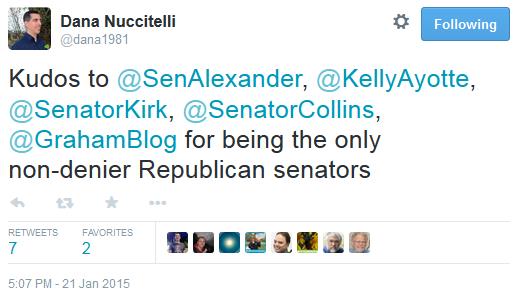
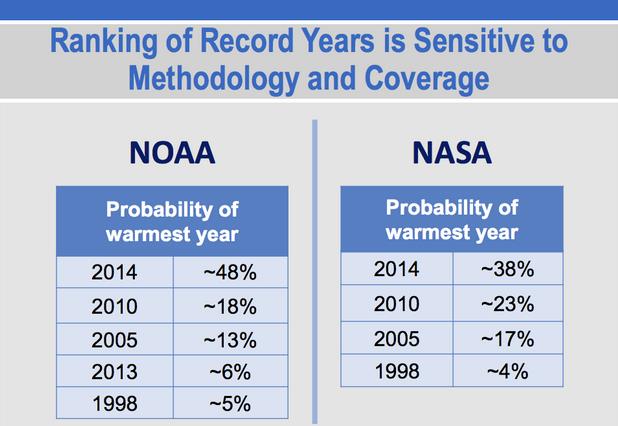
Climate Scientists Rebuff Skeptics’ Arguments Against 2014 “Warmest Year” Claim. Well, this was predictable. Push-back from contrarians, flat-Earthers and professional climate deniers impervious to facts, data and reason – and for some reason don’t like it when they’re proven wrong, again and again. Here’s an excerpt from Andrew Freedman at Mashable: “…NASA and NOAA scientists say they have not changed their tune about 2014, since the data clearly shows that it was most likely the warmest year to date since instrument records began in 1880. Furthermore, they argue that climate skeptics are twisting the meaning of uncertainty ranges and making it seem like there is far less confidence in temperature data than there actually is. Climate science debates occur every day in the blogosphere and on cable news shows, but this particular fight about a major temperature record (and therefore, major news story) highlights the extent to which many boil down to mere contradiction and rejections of facts, rather than arguments based on competing lines of evidence…”
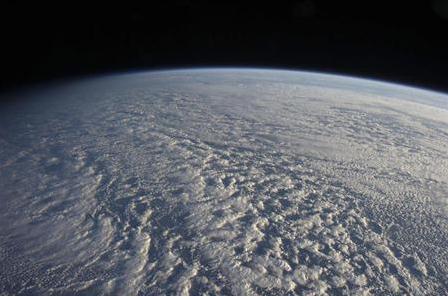
Climate Action Protects The Middle Class. Here’s an excerpt from a post by Gina McCarthy, Administrator of the EPA at Huffington Post: “…And when climate disasters strike — like more frequent droughts, storms, fires, and floods — low-income neighborhoods and communities of color are the hardest hit. Climate action is crucial to helping reduce barriers to opportunity that keep people out of the middle class. That’s why EPA is taking action, delivering on a key part of President Obama’s Climate Action Plan with the first-ever carbon pollution standards for our nation’s largest source — power plants. When we act, we deliver the certainty companies need to drive innovation and create new jobs...” (Image: NASA).
Image credit: NASA, NOAA.
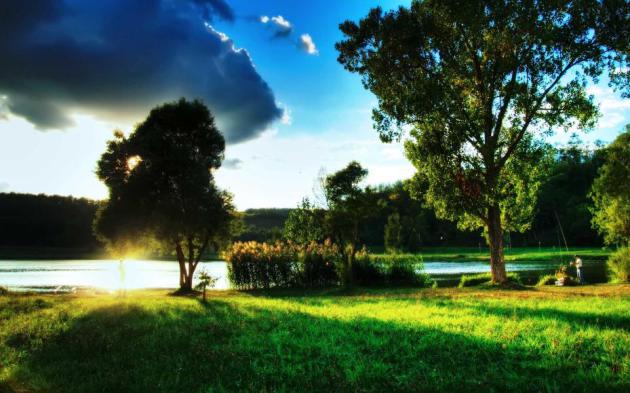
Study Says Trees Species Will Change With Climate. It’s already happening, a slow-motion transformation as climate zones creep northward in a warming world. Minnesota’s long range forecast calls for more oaks and maple trees. Here’s the intro to a story at Duluth News Tribune: “Minnesota’s northern forests will look much different in coming decades as a warming climate encourages tree species like oaks and maples and pushes others, including spruce and fir, out of the region. That was the finding of a University of Minnesota study published this week in the journal Nature Climate Change that used growing plots near Cloquet and Ely and added the amount of warmth expected later this century…”

Romney Says He’s Still Mulling 2016 Presidential Run. And it appears that Mr. Romney has shifted his stance on climate change, as reported by The Des Moines Register; here’s an excerpt: “…Romney, though, kept his focus on the issues. He said that while he hopes the skeptics about global climate change are right, he believes it’s real and a major problem. He said it’s not enough for Americans to keep their own carbon emissions in check when much of the rise in greenhouse gases globally is coming from countries such as China and India…”

Obama Toughens Up On Climate. President Obama is making action on climate change one of the centerpieces of his second term, as reported at The Hill: “…In November, the Environmental Protection Agency (EPA) moved on a long-awaited update to ozone pollution standards, which cut the allowable threshold for the ground-level smog to between 60 parts per million and 75 parts per million. And over the last six weeks the administration has floated guidelines for federal agencies to weigh climate change impacts when reviewing energy and infrastructure projects, and released first-ever regulations on methane emissions from industrial sources…”
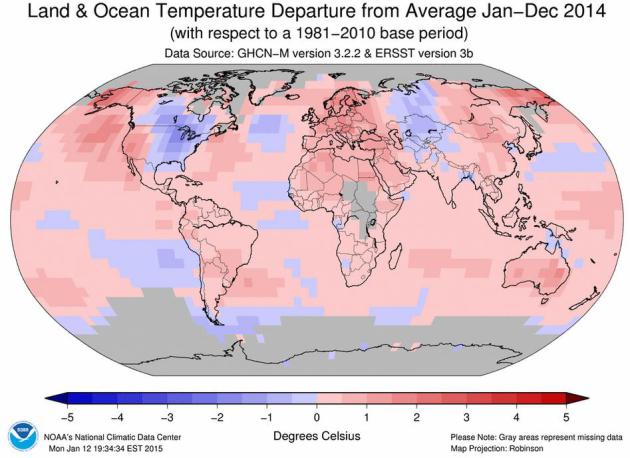
2014 Record Breaking Heat Is Bad For Business. Here’s a clip from an Op-Ed at Forbes that caught my eye: “…The World Economic Forum’s Global Risks report shows that leaders increasingly see these phenomena as a major drag on their bottom lines, ranking severe weather events and water crises among the top 10 likeliest global risks, and the risks expected to have the most impact in 2015. Neeraj Sahai, president of Standard & Poor’s Ratings Services, put it this way in Fortune magazine: “The investment community – along with regulators – has woken up to this threat...”
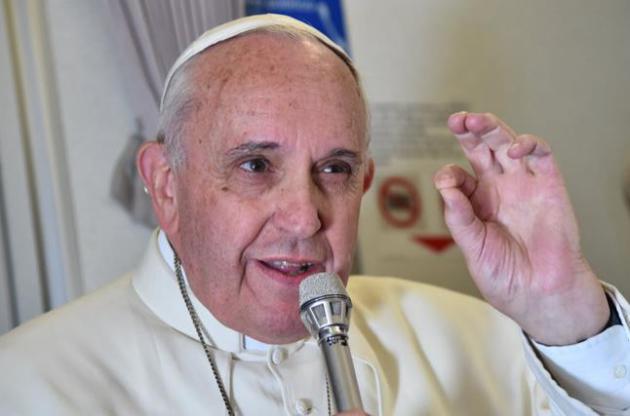

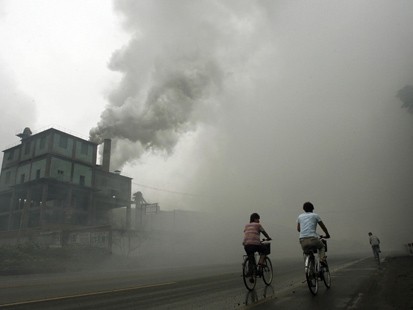
“It Is Profitable To Let The World Go To Hell”. Can capitalism, free-market forces, eventually deal with climate change and increasing weather (and water) volatility? Once we find a way to put a price on carbon I want to believe that this is possible. There’s little doubt in my mind that our grandkids will be dealing with something closer to “sustainable capitalism”. How do we grow economies, consume energy and keep the lights on with minimal impact on the environment? Here’s a clip from The Guardian: “…The professor of climate strategy at the Norwegian Business School has been pretty close to giving up his struggle to wake us up to our unsustainable ways, and in 2004 published a pessimistic update of his 1972 report showing the predictions made at the time are turning out to be largely accurate. What he cannot bear is how politicians of all persuasions have failed to act even as the scientific evidence of climate change mounts up, and as a result he has largely lost faith in the democratic process to handle complex issues…”

Is The Climate Movement At A Tipping Point? EcoWatch has the story; here’s the intro: “Is the climate movement at a political tipping point? Could right now, 2015, be that moment in history, be something akin to the 1964-1965 period for the civil rights movement? Those were the years that two major pieces of legislation, the Civil Rights Act and the Voting Rights Act, ended legal segregation in the South and opened the way for a whole series of positive social, cultural and political changes in the U.S. in the years since…”

